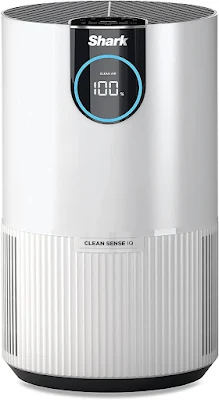Air purifiers for Home
Air purifiers for Home
An air purifier is a device that removes contaminants from the air in a room. These devices are commonly used in homes and businesses to improve air quality and reduce the risk of airborne illness. Air purifiers work by pulling air into the device and passing it through a series of filters that remove contaminants. The purified air is then released back into the room. There are a variety of air purifiers on the market, each designed to remove different types of contaminants. The most common type of air purifier is the HEPA (high-efficiency particulate air) purifier, which is designed to remove 99.97% of airborne particles that are 0.3 microns in size or larger. Other types of air purifiers include activated carbon purifiers, which are designed to remove odors and chemicals, and ultraviolet purifiers, which kill airborne bacteria and viruses. When shopping for an air purifier, it is important to consider the size of the unit, the type of filter it uses, and the specific needs of your home or business. Air purifiers are available in a variety of sizes, from small units that can be placed on a desk to larger units that can purify the air in an entire room. The type of filter you choose will depend on the type of contaminants you are trying to remove. For example, if you are mostly concerned with removing dust and pollen, a HEPA filter will be sufficient. However, if you are trying to remove smoke, chemicals, or other airborne pollutants, you may need to choose a different type of air purifier. When using an air purifier, it is important to follow the manufacturer’s instructions to ensure that the unit is used correctly. Additionally, it is important to regularly change the filters in your purifier to maintain its efficacy.
conclusion
An air purifier is a device that can be used in your home or business to improve air quality and reduce the risk of airborne illness. Air purifiers work by pulling air into the device and passing it through a series of filters that remove contaminants. There are a variety of air purifiers on the market, each designed to remove different types of contaminants. When shopping for an air purifier, it is important to consider the size of the unit, the type of filter it uses, and the specific needs of your home or business.
Thanks for reading.
Charles Nehme,
HVAC Global consultant and educator.
Services, books, courses, blog, vlog & much more.


%20connected%20to%20a%20central%20AI%20hub%20displ.webp)

Comments
Post a Comment